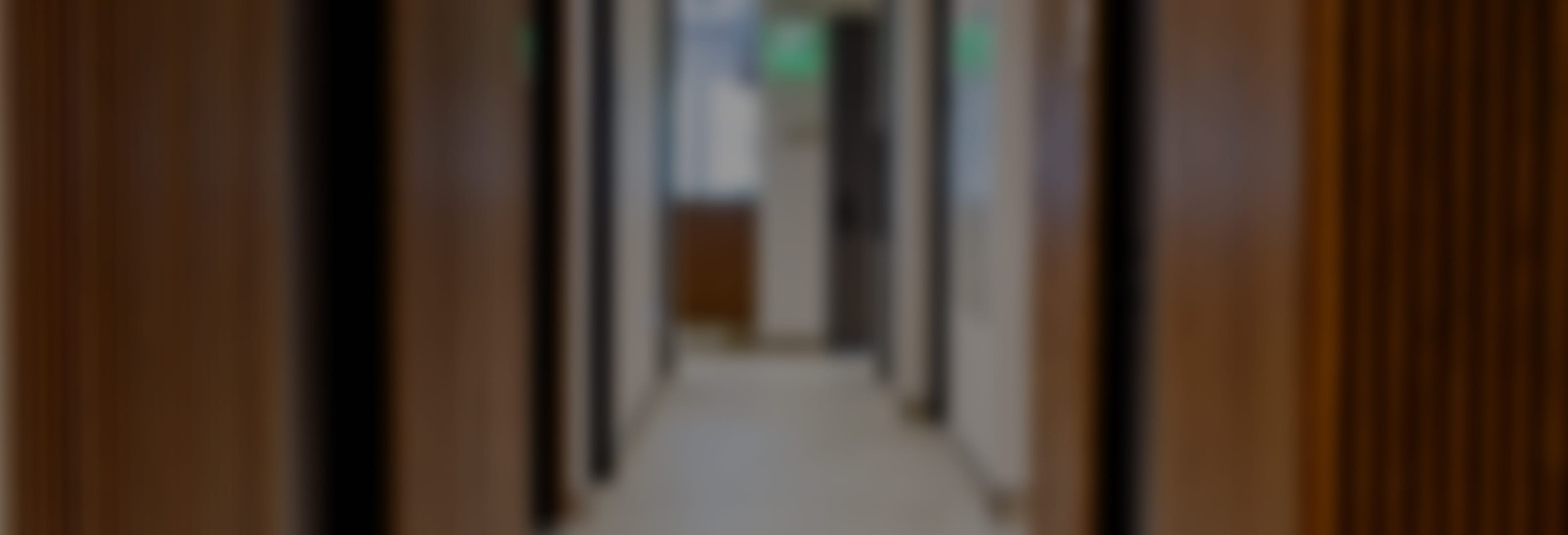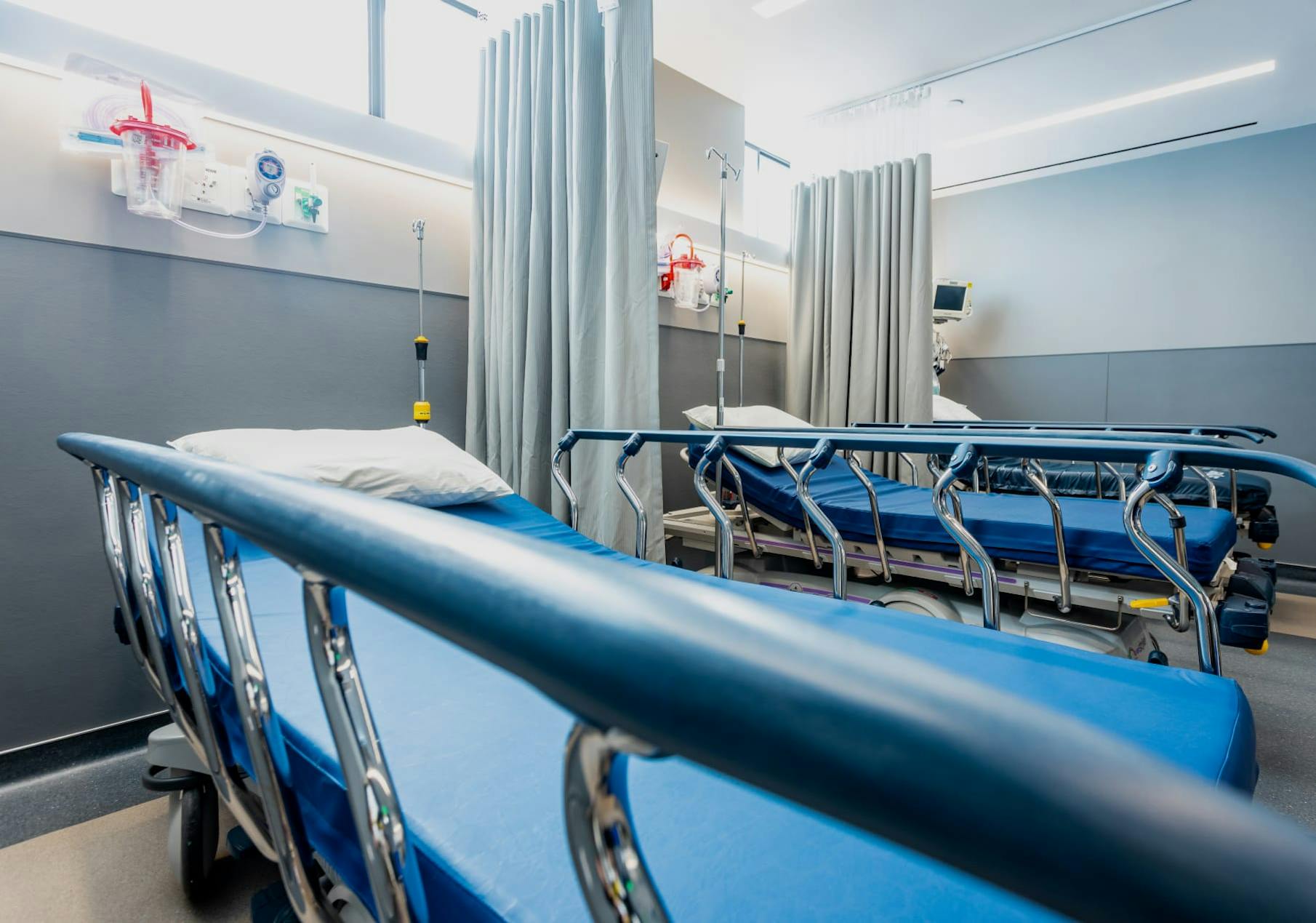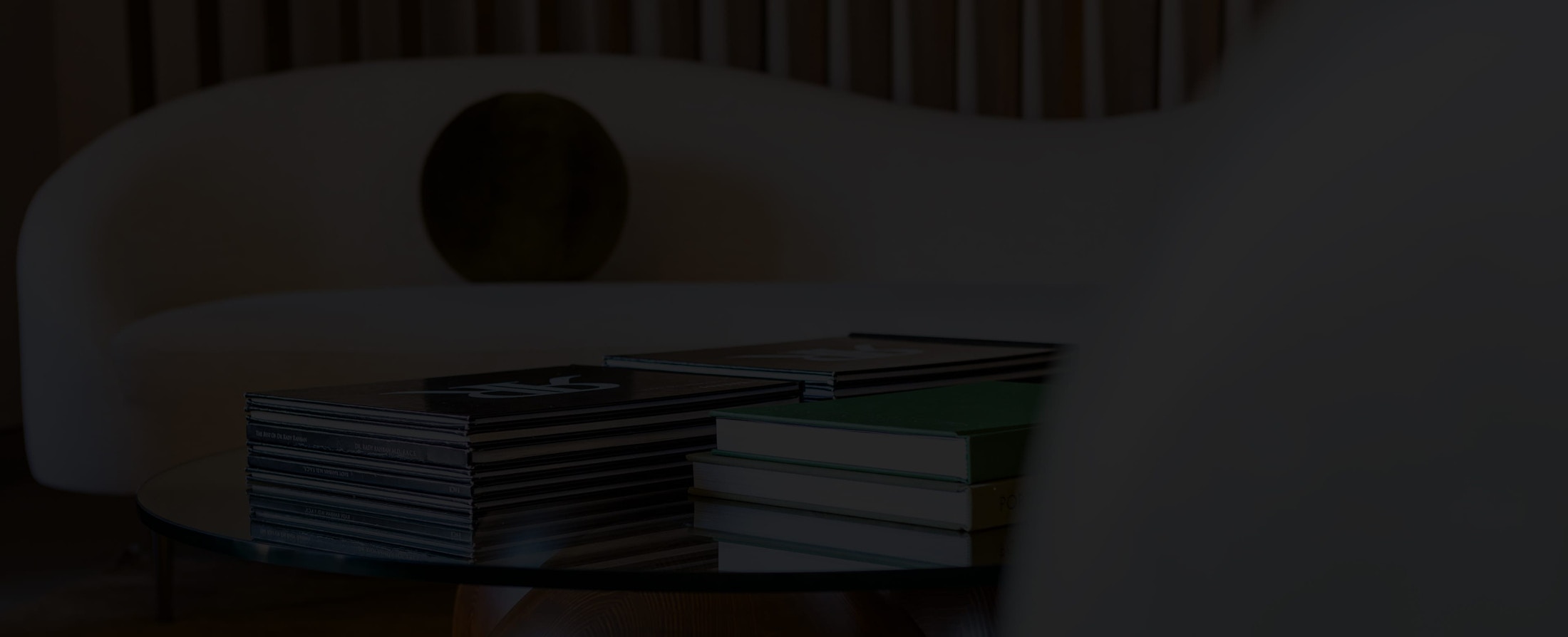“I want my rhinoplasty to look natural.” As a plastic surgeon, this is one of the most common requests that Dr. Rahban gets. Of course no patient is going to request a nose that looks fake, but the idea of request a natural looking rhinoplasty has some major issues. Let’s talk about what it really means for a nose job to look natural, and the reality of making a request of this nature.
How Do You Get the Most Natural Looking Nose Job?
The #1 most important decision you can make in seeking out the best rhinoplasty results, is to pick the right surgeon. This decision cannot be made based on training, awards, of years of experience alone. While factors like number of cases and quality of training can be important indicators, remember that a rhinoplasty is as much about art is it is about science. What does this mean for a patient? It means that the artistic eye of the surgeon is paramount to you getting a nose job that looks natural to you, and that you are happy with.
Picking a surgeon with an artistic eye that matches your own preferences involves looking at the surgeon’s gallery of before and after pictures. Do you see most of the rhinoplasties as results that you like?
If so, that’s a solid indicator that you and the surgeon are on the same page artistically. On the other hand, if you do not like a lot of that surgeon’s before/after shots, this is not the right surgeon for you. Regardless of whether that surgeon promises ‘the most natural nose you can imagine’ - do not have surgery with them based on this promise. If you do not like that surgeon’s artistic choices, then the ‘natural’ nose they are promising you, will not be what you want.
Remember that as we discussed, “natural” is a subjective term. You may hate a rhinoplasty that another surgeon says it’s the epitome of natural results.









